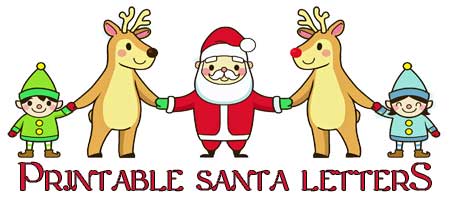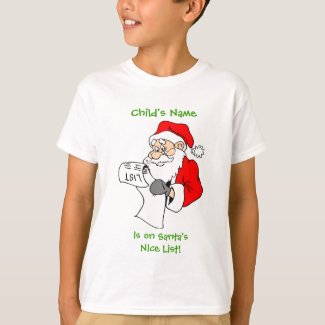Article by Mitch
Early Celebrations:
For thousands of years people have held celebrations and festivals where they would have feasts and decorations. Some of the earliest celebrations in the northern hemisphere were the summer and winter solstice, but more especially the winter solstice as this marked the time of the days getting longer and the nights getting shorter. The winter solstice also coincided with other festivals which were celebrated from around mid December to early January. These festivals were decorated with items of the times, such as, garland and other greenery, candles, feasting and dancing. One of the other celebrations of this time was the Festival of Saturn or Saturnalia. For Christmas, the earliest reference is from the Calendar of 354, which mentions the celebration of Christmas for December 25. At the time no one knew the actual birth date of Jesus but it is assumed that early Christian leaders picked this date to coincide with many other pagan festivals as a means of facilitating their transition into Christianity. Although today many bible scholars believe that Christ was actually born in the early spring. This was a way of combining all the celebrations of this time frame into one celebration with all its accompanying decorations and merriment. In those days most of the decorations were outside and not inside, garland, candles, trees and food were set in the streets and hung on the outside of buildings. The Christmas tree was said to represent God the Father, Jesus Christ and the Holy Ghost because it was triangular in shape.
The Spread of Christmas and its Decorations:
As Christianity spread throughout Europe so to were the old festivals and decorations incorporated into the new Christian celebrations. The idea of using greenery as decorations was meant to signify rebirth or the birth of Christ. So items such as ivy, green boughs, garland and green trees were used to decorate towns and communities. Its believed that the Christmas tree and its decorations originated in Germany, where it was decorated with candles and then later tinsel and hand blown glass balls. Through royal marriage Queen Charlotte the wife of King George III brought the Christmas tree tradition from Germany and introduced it into England. This was later reinforced by Prince Albert during the time of Queen Victoria. And as German immigrants came to America they also brought with them, their Christmas traditions and decorations. Over time Christmas trees became a dominate symbol of the Christmas season and its accompanying decorations.
Modern Outdoor Christmas Decorations:
Today as people decorate they use real and artificial garland and greenery, including ivy, poinsettias and wreaths to bring a festive mood not only to the inside of the house but the outside as well. Many neighborhoods, communities or even whole towns get together to decorate for the Christmas season with life size nutcrackers, lights, giant wreaths and nativity scenes. Often communities give awards to homes for their outdoor decorations. A neighborhood in NW Houston, Texas has each street pick a theme and all or most of the homes on that street decorate for that theme, such as snowmen, Santa, Christmas carols and nativity scenes. From early December through Christmas Day people drive up and down those streets to see the wintery scenes of the season and to enjoy the beauty of the outdoor decorations. The same scene is played out in much of the world, even in nations that are typically non-Christian where the holiday is more of an economic event and less about celebrating the birth of Jesus.
About the Author
Mitch has been a writer for Christmas Decorations and Gifts for several years. Select to view Christmas Decorations Ideas. We also have a great selection of Outdoor Christmas Decorations.
Related Christmas Decorating Articles



